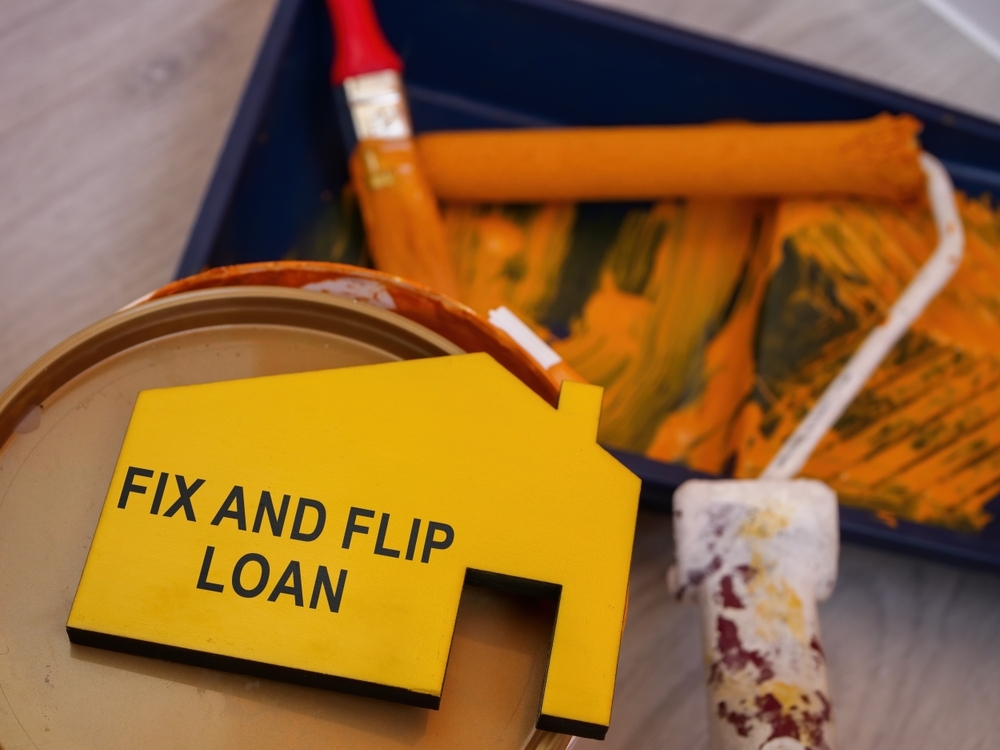
Securing the necessary “hard money” funding to buy and fix a property can be easy or hard, depending on how prepared you are with the paperwork your lender will need to process the loan fast.
When Do YOU Need a Fix and Flip Loan?
A fix and flip loan is a short-term loan is designed to fund both the acquisition and renovation of a property intended for resale at a profit, or as the first step in a buy-and-hold strategy, if you need the money to fix the property before refinancing it into a long-term loan.
Unlike traditional loans that focus on the current value, a fix and flip loan assesses the property's potential value post-renovation, taking into account the planned renovation work to be done.
The loan typically includes the cost of buying the property and at least some of the estimated repair expenses, which makes these loans appealing for the RE investor doing rehab projects.
It’s a fast-closing, short-term loan with lower down payments and interest-only payments during the term (6-12 months). It’s meant to be used quickly and effectively to finish a project for profitable sale or refinance.
But to actually GET such a loan, you need to present specific documents to your lender, which demonstrate your ability to qualify for the project and manage it successfully. Here’s what you’ll need to be ready with to make sure that your loan has the best chance of being approved and closing on time:
The Application Stage
Signed loan application (including credit check authorization)
- Executed purchase and sales contract (including any addenda and assignments in the case of a wholesale deal)
- Detailed renovation budget / scope of work (cost and description of work to be done by category/sub-category)
- Photo ID
- Entity documents (articles of organization, certificate of good standing, and operating agreement)
- IRS Employee Identification Number (EIN) letter
- Previous real estate investing/rehab experience information (list of properties with historical information, e.g. purchase price, rehab cost, sales price, etc)
- Title company contact info (typically the investor specifies the company to be used)
- Appraisal authorization (followed up by payment to appraiser)
The Underwriting Stage
Recent full-month bank statements to demonstrate liquidity to close/service the loan (including possible explanations of recent large deposits)
- Certificate of “builder’s risk” insurance coverage (including evidence of policy payment) to satisfy loan requirements
- ACH form to set up automatic loan payments from your specified bank account
- Miscellaneous requests to satisfy underwriting questions, if any
The Closing Stage:
- Signed loan agreement
- Signed closing papers
- Miscellaneous requests to satisfy closing questions, if any
All in all, while these paperwork requirements may appear daunting, the average fix and flip loan can be closed in less than 10 days. Compared to a conventional real estate loan, a fix and flip loan is typically a reasonably borrower-friendly process with lighter paperwork—no income verification, employment verification, wage statements, tax returns, personal financial statements, etc.
An experienced lender (or broker) can help you navigate the paperwork requirements to close your fix and flip loan successfully – and then you’re on your way as an RE investor!
Longhorn Investments is a leading hard money lender operating in 10 US states (now including Ohio). We offer a rare 100% financing on purchase price (as well as the normal 100% on rehab costs) with a 6-8 day average closing speed. We have 15 years and 7500 closed loans worth of experience! Contact me today at 513-879-5945 or rstuckey@longhorninvestments.com for assistance. Our website is at longhorninvestments.com.